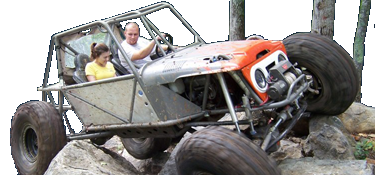Gmachine
Well-Known Member
- Joined
- Apr 26, 2005
I have an associates in engineering, but am asking for some simple details I'm confused about. We have an electric heat pump, a well that works, but our house is plumbed to city water (some FHA loan requirement). Why wouldn't a heat exchanger, placed in the duct work using well water to blow through, not work to aid in heating & cooling?
These systems seem very expensive, but simple in theory.
These systems seem very expensive, but simple in theory.




 But they just maintained the closed pond. No water in or out.
But they just maintained the closed pond. No water in or out.